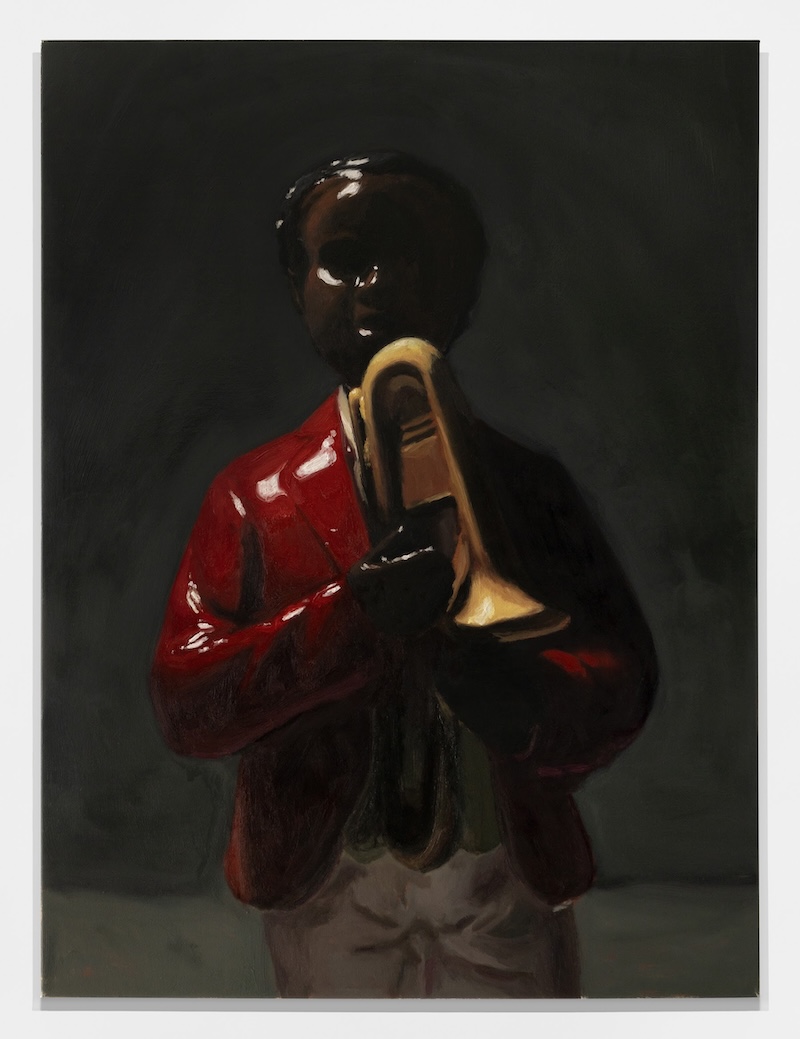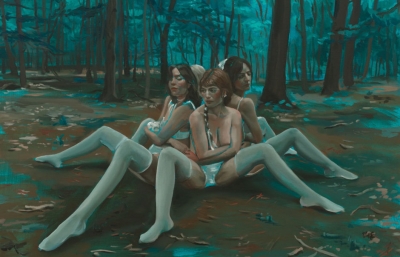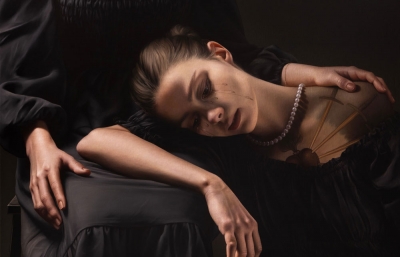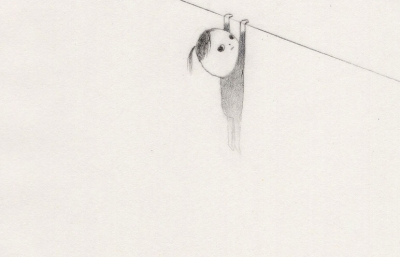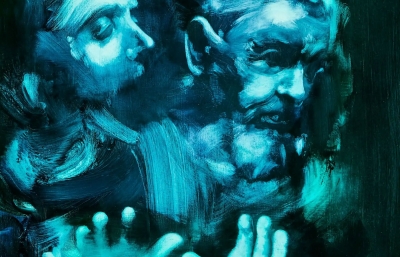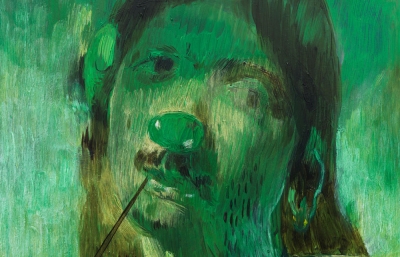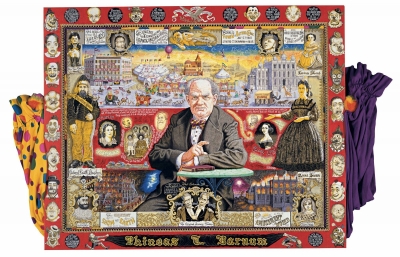Vielmetter Los Angeles is pleased to present Souled Out, Miami-based artist and former Juxtapoz Clubhouse stalwart Reginald O’Neal’s first solo exhibition with the gallery. On view through November 2nd, 2024, the exhibition comprises twelve new paintings expanding on the artist’s richly painted portraits of porcelain souvenirs he originally acquired at a gift shop in New Orleans.
O’Neal’s shadowy tableaus zero in on figurines of Black musicians, examining their forms and objecthood, and relating them to each other in various configurations. Painted in lushly layered hues, O’Neal’s works explore a complex and at times sinister darkness that references a long history in portraiture. The small figurines, mostly known as sentimental souvenirs, are enlarged in the paintings, hinting both at the objectification and commodification of Black creativity within a capitalist system. The objects thus become a symbol of the exploitation of people of African descent, representing the history of the extraction of cultural production of music, art, spirituality, knowledge, and other forms of creative labor among the diasporas.
Dark and mysterious at first glance, the works are often void of any additional context, the tchotchkes themselves being the focal point against a monochrome background as if on a stage, accompanied by theatrical lighting. Masterfully composed dapples of light suggest a reflection on the porcelain or indicate a shimmer of a polished surface. Viewed up close and often monumentalized, (the artist presented a colossal sculpture of one figurine The Cellist at Art Basel Miami in 2023), the figurines take on an unsettling and almost haunting quality.
O’Neal carefully constructs his compositions to suggest different interpretations and meanings. Some of the figures are presented individually, in three-quarter views as in traditional portraiture, others ambiguously with their backs turned to the viewer. In Drum Circle, a group of figurines is aligned in a pattern suggestive of drum circles of enslaved Africans, recalling a darker time in history. The painting Lost at Sea presents a group of figures in a configuration akin to diagrams of how enslaved people were forced to lie in slave ships. In Bottom of the Soulless O’Neal depicts the bottoms of a group of five haphazardly stacked figurines, emphasizing the hollowness or hollowing out of the spirit of the figurines, underscoring the idea of being stripped of one’s humanity in the process of commodification. O’Neal’s works reveal a poetic slippage between the objecthood of the figurines and the personhood of the people they seek to represent.
The figurines also have a direct connection to the politics of the artist’s hometown. Having grown up in Overtown, a historically Black area in Miami, O’Neal is acutely aware of how racial segregation still percolates today. Not that long ago, Black musicians and entertainers who performed in Miami Beach had to stay in segregated Overtown; a history that frames how the artist views the otherwise generic souvenirs of the musicians. In his work, the gift shop mementos become both a metaphor and a call for a closer evaluation of systems that continue to exploit Black culture and creativity.
All text and imagery courtesy of Vielmetter Los Angeles



![“Drummer,” 2024 Oil on linen 14 ¹⁄₂" x 10 ¹⁄₄" x ⁵⁄₈" [HxWxD] (36.83 x 26.04 x 1.6 cm) Inventory #REG1001 Courtesy of the artist and Vielmetter Los Angeles Photo credit: Zachary Balber](/media/k2/galleries/73411/Reginald-ONeal_REG1001_1726266656.jpg)
![“Drum Circle,” 2024 Oil on linen 48" x 60" [HxW] (121.92 x 152.4 cm) Inventory #REG1002 Courtesy of the artist and Vielmetter Los Angeles Photo credit: Zachary Balber](/media/k2/galleries/73411/Reginald-ONeal_REG1002_1726266712.jpg)
![“Up Close,” 2024 Oil on linen 39" x 39" [HxW] (99.06 x 99.06 cm) Inventory #REG1005 Courtesy of the artist and Vielmetter Los Angeles Photo credit: Zachary Balber](/media/k2/galleries/73411/Reginald-ONeal_REG1005_1726266700.jpg)
![“Sax and Drummer,” 2024 Oil on linen 60" x 48" [HxW] (152.4 x 121.92 cm) Inventory #REG1006 Courtesy of the artist and Vielmetter Los Angeles Photo credit: Zachary Balber](/media/k2/galleries/73411/Reginald-ONeal_REG1006_1726266671.jpg)
![“Trio,” 2024 Oil on linen 52" x 62" x 1 ¹⁄₂" [HxWxD] (132.08 x 157.48 x 3.81 cm) Inventory #REG1007 Courtesy of the artist and Vielmetter Los Angeles Photo credit: Zachary Balber](/media/k2/galleries/73411/Reginald-ONeal_REG1007_1726266645.jpg)
![“One Band, One Sound,” 2024 Oil on linen 20 ³⁄₄" x 15 ³⁄₄" x 1 ¹⁄₂" [HxWxD] (52.71 x 40.01 x 3.81 cm) Inventory #REG1010 Courtesy of the artist and Vielmetter Los Angeles Photo credit: Zachary Balber](/media/k2/galleries/73411/Reginald-ONeal_REG1010_1726266632.jpg)
